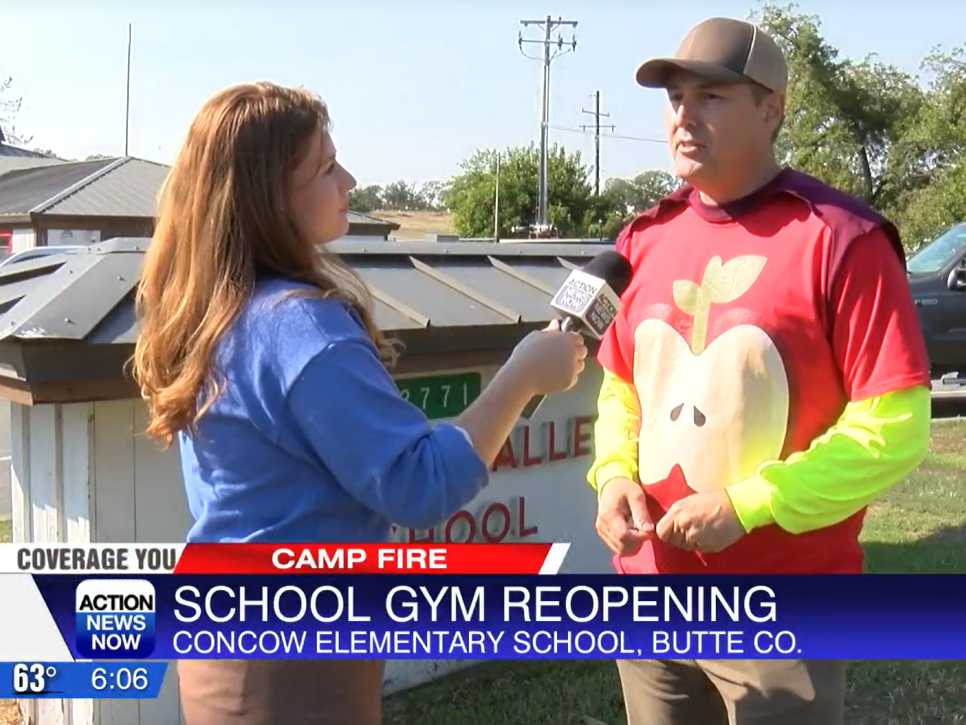Schools across the world use various techniques to block certain websites and games, and limit the content that students can access through school networks. But why do schools block everything? Here are some possible reasons:
- To maintain a safe learning environment: Blocking certain websites can protect students from accessing inappropriate content, such as adult content or violent games. Schools have a responsibility to provide a safe environment for their students, and blocking harmful content is one way to achieve this.
- To prevent distraction: The internet is full of distractions, and students can easily get sidetracked by games, social media, or other non-educational content. By blocking these distractions, schools can help students stay focused on their studies.
- To comply with regulations: Some schools may be required by law to restrict access to certain websites or content. For example, schools that receive federal funding are required to have internet safety policies in place, and blocking certain websites may be part of those policies.
Why Do Schools Block All Games?
Games can be a significant distraction for students, and many games are not appropriate for school environments. Here are some reasons why schools block all games:
- To prevent distraction: As mentioned earlier, games can be a significant distraction for students. By blocking all games, schools can reduce the likelihood of students getting sidetracked during class.
- To maintain a safe learning environment: Some games are violent or contain inappropriate content, and allowing access to these games can create an unsafe learning environment.
- To prevent network congestion: Games can consume a lot of bandwidth, which can slow down the entire school network. By blocking all games, schools can prevent network congestion and ensure that all students have access to a fast and reliable network.
Why Do School Chromebooks Block Everything?
Chromebooks are becoming increasingly popular in schools because of their affordability and ease of use. However, schools often use software to restrict access to certain websites and content. Here are some reasons why school Chromebooks block everything:
- To comply with school policies: Many schools have policies in place that restrict access to certain websites or content. By using software to block everything, schools can ensure that students are not able to access any restricted content.
- To maintain a safe learning environment: As mentioned earlier, schools have a responsibility to provide a safe learning environment for their students. By blocking everything, schools can reduce the risk of students accessing inappropriate or harmful content.
- To prevent distraction: Distractions can be a significant problem for students, and by blocking everything, schools can help students stay focused on their studies.
What Websites Do Schools Block?
Schools may block a variety of websites depending on their policies and goals. Here are some types of websites that schools commonly block:
- Social media: Social media can be a significant distraction for students, and some social media sites may contain inappropriate content. As a result, many schools block social media sites such as Facebook, Instagram, and Twitter.
- Games: As mentioned earlier, games can be a significant distraction and may not be appropriate for school environments. Schools may block popular games such as Fortnite, Minecraft, and Roblox.
- Video streaming sites: Video streaming sites such as YouTube and Netflix can consume a lot of bandwidth, which can slow down the entire school network. Schools may block these sites to prevent network congestion and ensure that all students have access to a fast and reliable network.
- Adult content: Schools have a responsibility to provide a safe learning environment for their students, and blocking adult content is one way to achieve this. Schools block websites that contain explicit content.
Why Do Schools Block YouTube?
YouTube is a popular video streaming site, but many schools block it. Here are some reasons why:
- Inappropriate content: YouTube is home to millions of videos, and some of them may not be appropriate for school environments. Schools may block YouTube to prevent students from accessing videos that contain violent or explicit content.
- Distraction: As mentioned earlier, distractions can be a significant problem for students, and YouTube can be a significant distraction. Schools may block YouTube to help students stay focused on their studies.
- Bandwidth consumption: As mentioned earlier, video streaming sites can consume a lot of bandwidth, which can slow down the entire school network. Schools may block YouTube to prevent network congestion and ensure that all students have access to a fast and reliable network.
Why Do Schools Block Reddit?
Reddit is a popular social media site, but many schools block it. Schools may block Reddit for similar reasons to other social media sites, such as preventing distractions and maintaining a safe learning environment. In addition, some subreddits may contain inappropriate or explicit content, which can create an unsafe learning environment.
Why Do Schools Block Roblox?
Roblox is a popular game, but many schools block it. Schools may block Roblox for similar reasons to other games, such as preventing distractions and maintaining a safe learning environment. In addition, some Roblox games may contain violent or explicit content, which can create an unsafe learning environment.
Why Do Schools Block Social Media?
Social media can be a significant distraction for students, and some social media sites may contain inappropriate content. In addition, social media can be a platform for cyberbullying and other negative behaviors. Schools may block social media sites to prevent distractions, maintain a safe learning environment, and reduce the likelihood of negative behaviors.
Why Do Schools Block Spotify?
Spotify is a popular music streaming service, but many schools block it. Schools may block Spotify for similar reasons to other video streaming sites, such as preventing network congestion and ensuring that all students have access to a fast and reliable network. In addition, some schools may consider music to be a distraction and may block Spotify to help students stay focused on their studies. Lastly, some music is not appropriate for the school environment with inappropriate language and themes. It is difficult for the teacher to monitor and each family has a different feeling of what is appropriate music for students. Research shows that listening to music without words at a low volume is a best practice for classrooms.
List of Websites Blocked by Schools:
Here are some examples of websites that may be blocked by schools:
- Facebook, Instagram, Twitter, and other social media sites
- YouTube, Netflix, and other video streaming sites
- Fortnite, Minecraft, Roblox, and other popular games
- Reddit and other social news sites
- Adult content sites
- Torrenting and file-sharing sites
- Online gambling and betting sites
Conclusion:
Schools block everything for a variety of reasons, including preventing distractions, maintaining a safe learning environment, and complying with regulations. By blocking certain websites and content, schools can provide a safe and focused learning environment for their students. However, it is important to note that not all blocked content is inherently harmful, and some students may have legitimate reasons for accessing certain websites. As such, schools should consider carefully which websites and content to block and should provide clear guidelines and policies for students to follow.



